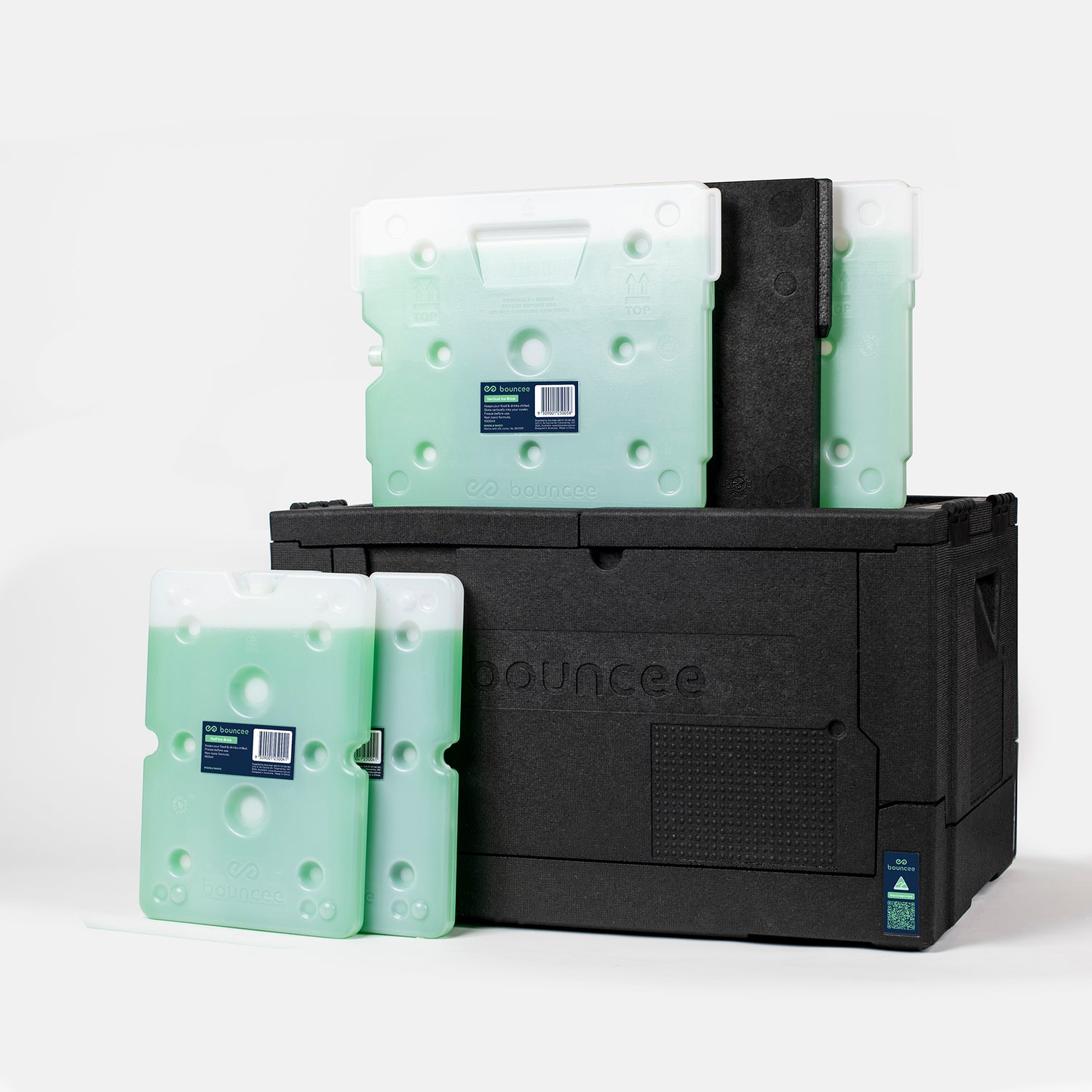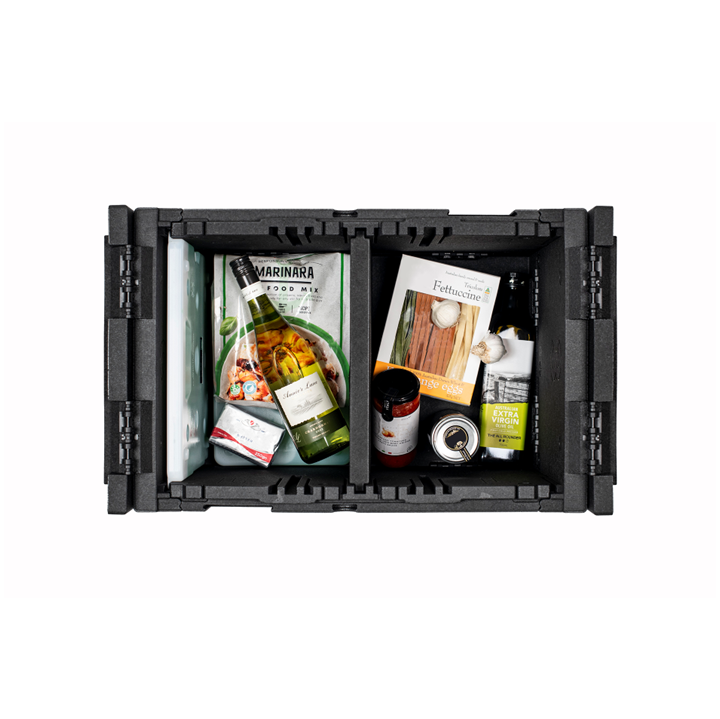Introduction:
Paying attention to small details is the key to keeping your goods safe and fresh! Coolers offer numerous benefits, such as being light, highly portable, having no power requirements, and maintaining perishables at cold or hot temperatures for extended periods.
It seems super basic, but the first thing to understand when using any cooler is that they are a passive cooling system, not a fridge with electrical power input. No matter how much ice is used, the temperature in the cooler will eventually reach the ambient conditions – some just a lot faster than others!
This guide will delve into the basic physics behind temperature control and provide tips to maximise your bouncee cooler's performance.
Top tips to ensure optimal performance:
Ice brick temperature matters: ensure your ice bricks are fully frozen and take them straight from your freezer to your cooler for maximum performance.
Ice brick type matters: Different types and formulations are widely available, each with various benefits and applications, but weight is usually the most important factor. Smaller ice bricks or smaller ice cells melt faster than bigger ice bricks or bigger cells.
Use sufficient ice bricks: the more ice bricks you add, the longer the cooler will stay cold. You can start with one top and bottom and add more layers to match your goods and journey details. Add as many as you can fit and carry if you're going on a long trip.
Minimise air gaps: Full coolers work better than empty coolers as there is less room for air. Use dividers to minimise the compartment size to match your goods, or fill your cooler with more ice bricks, food, drinks, towels, or gear.
Shield from sunlight: Direct sunlight increases heat transfer. For maximum results, keep your cooler in the shade.
Keep it closed: Opening your cooler frequently allows warm air to enter.
Optimise your packing: Organize your cooler strategically. Use dividers to keep cold goods separate from ambient goods. Heat rises, so add more ice bricks to the top layers than the bottom.
Start with a cool or hot cooler: If you really need it, you can pre-condition your cooler for maximum performance. Place sacrificial ice bricks inside to cool it down a few hours before use, or put the whole cooler in a freezer. For hot use, utilise hot packs or containers with water heated to 75-85°C.

The basics of insulation:
Performance comes from three factors: thickness, conductivity and reflectivity. Good materials have low heat conductivity, good coolers have thick walls, and good operators keep their cooler out of the direct sun wherever possible.
Bouncee coolers have 30mm thick walls of expanded polypropylene or EPP, a high-performing and economical material made from >93% air (nature's best insulator!).
No matter the material used, insulation can only perform when no open seams and air gaps exist. It took thousands of Aussie person-hours to design bouncee’s patented collapsible sealing design to overcome these common issues with imported flimsy knock-offs.

Be mindful of certain claims:
Lasts 30 days in the Saharan desert:
Take it with a grain of salt and ask for the test details.
This ice brick lasts days:
Ice bricks in the sun outside a cooler will melt quickly, no matter the NASA-grade material used inside. Ice bricks go inside a cooler.
A cooler that doesn’t need ice:
It will work significantly better than just leaving the goods outside, and you can use bouncee without ice bricks in many short-trip situations. But! For more than a few hours, always add ice bricks or heat packs for better results.

Signing off:
By following these temperature tips, you can ensure that your bouncee cooler maintains the desired temperature and keeps your goods fresh throughout the day. For more information on high-performing layouts, we highly recommend: Accessories: Layout Guide.
Remember, bouncee coolers are designed, made and supported in Aus – feel free to contact us with any questions.


